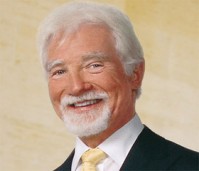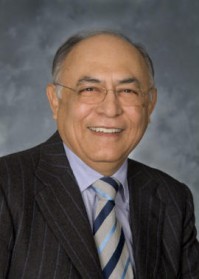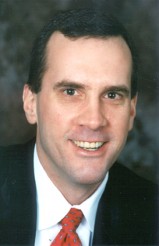After eight months with an interim leader, AMD turns to former Lenovo COO Rory Read. Jon Peddie takes a look at the long transition and what it means to AMD going forward.

AMD has had some interesting transitions in leadership through its long and rich history. The company was started by charismatic and hard driving Jerry Sanders who changed products, got into Intel’s face, and charmed everyone he met. When he stepped down, to the surprise of everyone except his wife, the market wondered if AMD would survive without him, one of the icons of the industry.
Hector Ruiz was brought in from Motorola’s communication division and he was no chip-head. His time in office got very mixed reviews and he was generously eased out into a perfunctory chairman-like role.


Dirk Meyer, a real chip-head, mentored by Jerry Sanders, stepped in after having been groomed for the role for about a year, and things started happening. Loses were cut, products improved, and operations shaped up. Not a charismatic character like Sanders maybe, but if Meyer told you something you could take it to the bank—he was rock solid and he didn’t BS anyone, especially himself.
Then inexplicably the board of directors gave Meyer his walking papers and told him to go fishing (something he happens to really enjoy). His sin? You couldn’t find it, no Hurd issues, no Galleon issue, nothing. But word came out that the BOD didn’t like his mobile strategy, or lack thereof. This was when the iPad was knocking the press off their feet with its sales performance, Intel was signing up Nokia and shrinking Atom, and everybody and their dog was announcing a new tablet or smart phone—AMD was MIA even though it had Fusion and great roadmap.

Stepping in to fill the void was tall, killer smart, urbane Thomas Seifert, AMD’s CFO. Seifert made it clear from the start he didn’t want the job (remember the killer smart part), but he’d keep the ship from hitting any icebergs till they found someone.
Now fast forward a mere eight months and AMD has a new president and CEO, Rory Read from Lenovo. In speaking with Lenovo people about him he comes with really high marks, “a great leader,” and “will really be missed,” etc. Not PR talk, that’s from the troops.
Read was at IBM and he led the transition of IBM’s PC business into Lenovo. That was a hard job and Read prides himself on his ability to find ways to bring what looked like disparate cultures together. He says, as he got to work, he found that the cultures weren’t all that dissimilar at all.

AMD has done its own assimilating between the graphics company ATI and the processor company AMD. It has spun off its fabs into Global Foundry and on the surface it might look as if AMD has done most of the hard work. However, the company has been just holding steady with products that are giving Intel and Nvidia a challenge. But at this moment AMD is at the most dangerous position it could possibly be in. It’s got big guns aiming at it and there has been no strong leader at the helm to drive innovation to keep the company challenging its competition. The strain was starting to show.
AMD can use Read’s experience in bringing people together. While at Lenovo Read said he believes in the future of mobile and recognizes the margin potential, relative to traditional PC technology. But he’s more of a business leader than a technology leader.
Read’s role at IBM gives him experience with server customers around the world. His work at Lenovo shows he can see beyond the corporate customer to the growing consumer market, all this should bring a better consumer focus to AMD’s future product offerings.
He also comes with supply chain knowledge from working with Asian manufacturers. This should be a great complement to AMD’s internal technical expertise in chip design. And he was part of the Lenovo transformation from a business PC supplier into also being a white box PC market supplier in China.
It looks like AMD has made a great choice, even though he’s not a chip-head either. But … does he have a mobile strategy? He didn’t have one at Lenovo.
AMD’s board has given Read three key objectives:
- Execute against the strategies currently in place
- Expand margins and returns
- Build strong positions in core businesses while seizing new opportunities before the company.
Mobile was mentioned, but never clearly. We won’t know the answer till probably next year. Read’s got housework to do. He’s got 11,100 employees to visit at 47 locations in 11 counties around the world, plus dozens of customers, so he’s going to be busy shaking hands and eating lunches and dinners for a while. We expect him to invite us to a “here I am” party in January.
Jon Peddie is CEO of Jon Peddie Research, publisher of GraphicSpeak.






